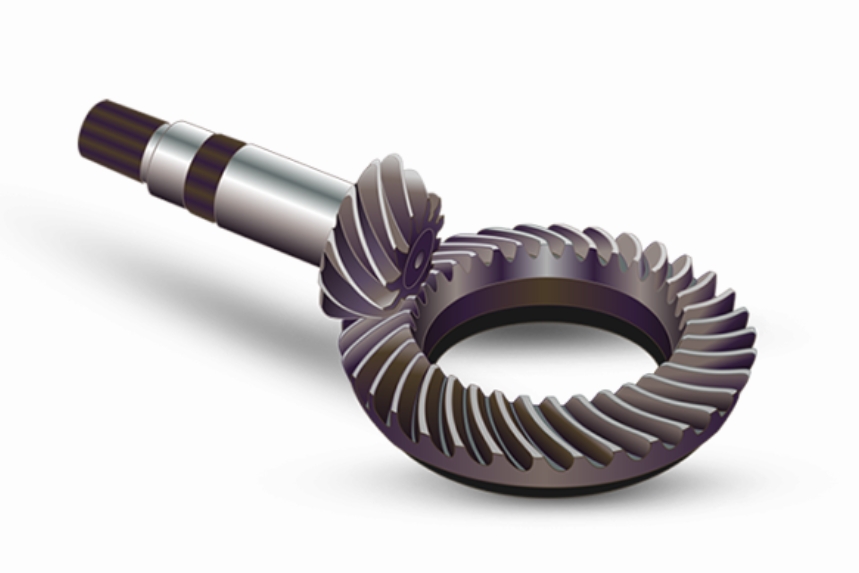Understanding the dynamics of spiral bevel gear in high-performance engines involves several key factors that affect their performance, durability, and efficiency. These factors are critical in applications where high power, precision, and reliability are essential, such as in automotive, aerospace, and industrial machinery. Here’s a breakdown of the main aspects to consider:

- Load Distribution: In high-performance engines, spiral bevel gear must handle significant loads. Understanding how these loads are distributed across the gear teeth is crucial. Uneven load distribution can lead to premature wear, pitting, or failure.
- Material Strength and Fatigue Life: The materials used for spiral bevel gear in high-performance engines need to withstand high stress and temperatures. Advanced materials and heat treatments can enhance strength and fatigue life, ensuring spiral bevel gear can handle the demanding conditions.
- Gear Tooth Geometry: The shape and design of spiral bevel gear teeth influence how well spiral bevel gear mesh, their efficiency, and noise levels. Optimizing tooth geometry is essential for minimizing friction and wear while maximizing power transmission.
- Thermal Dynamics: High-performance engines generate significant heat, which can affect the performance and lifespan of spiral bevel gear. Understanding thermal dynamics helps in designing gears and lubrication systems that can operate effectively under high temperatures.
- Vibration and Noise Analysis: In high-speed applications, vibration and noise can be significant issues. Analyzing and optimizing spiral bevel gear design to minimize these factors is crucial, as excessive vibration can lead to gear misalignment and increased wear.
- Lubrication: Efficient lubrication is vital in high-performance engines to reduce friction, wear, and overheating. The choice of lubricant and the design of the lubrication system play a crucial role in the overall performance and durability of spiral bevel gear.
- Manufacturing Precision: High-precision manufacturing is essential for spiral bevel gear in high-performance engines. Any minor imperfections in the gear teeth can lead to significant issues at high speeds and loads.
- Integration with Engine Systems: Understanding how the spiral bevel gear interact with other components of the engine is important. This includes considering the impact of gear dynamics on bearings, shafts, and other connected parts.
- Simulation and Testing: Advanced simulation tools like Finite Element Analysis (FEA) and rigorous testing protocols are essential for predicting how gears will behave under various conditions and for validating the design before production.
- Customization for Specific Applications: Finally, customizing spiral bevel gear design for specific engine requirements ensures that the gears can meet the unique performance, space, and weight constraints of high-performance engines.
In sum, the dynamics of spiral bevel gear in high-performance engines are a complex interplay of material science, mechanical design, thermal dynamics, and precision engineering. Understanding and optimizing these factors are crucial for achieving the desired performance and reliability in demanding applications.
